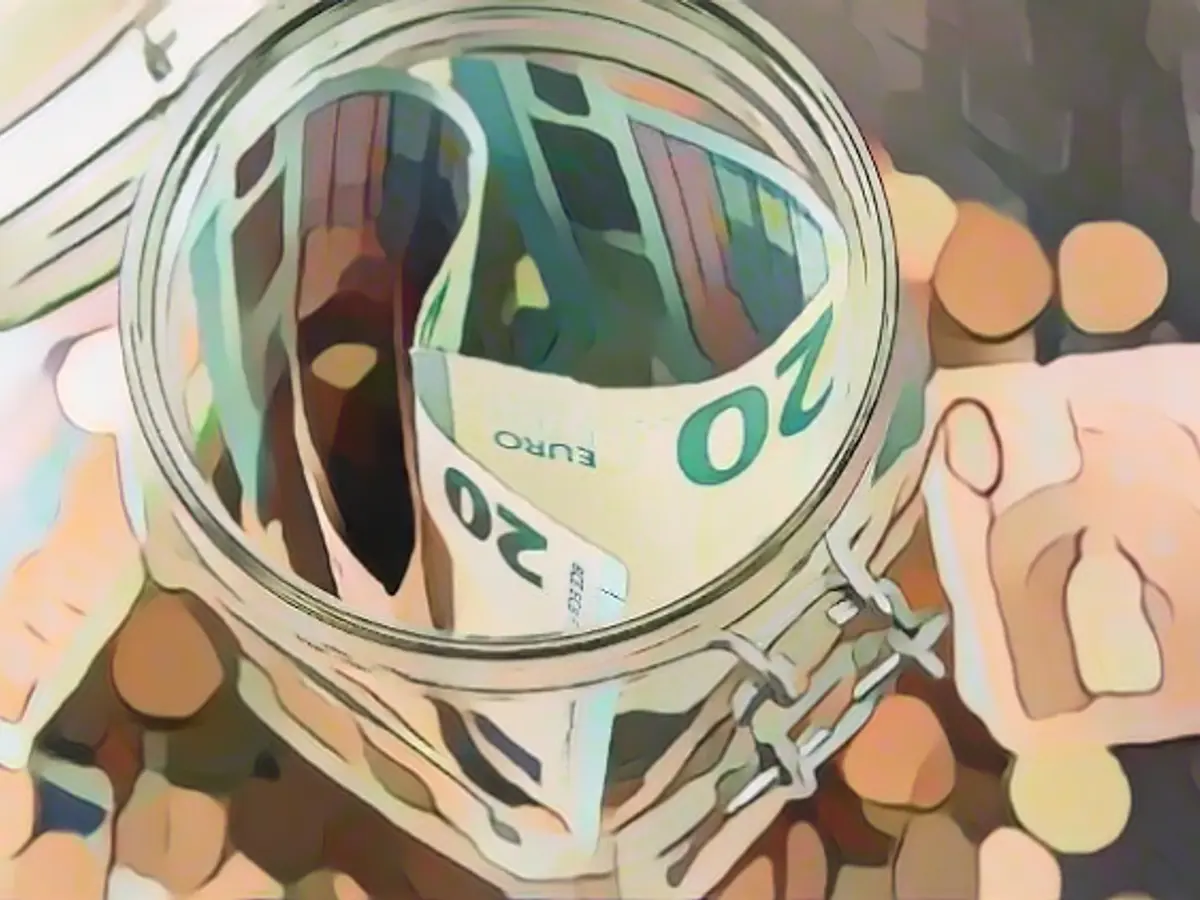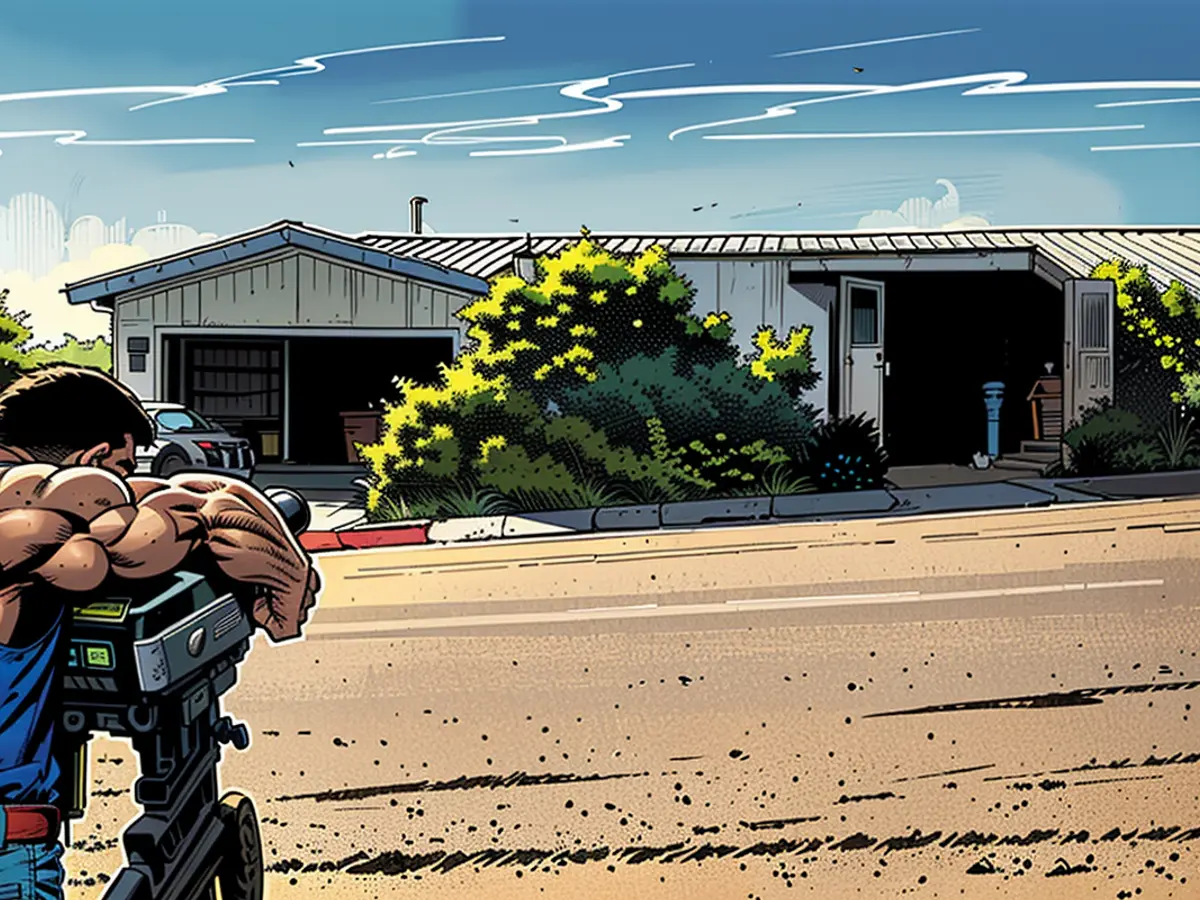Conspiracy theories spread wildly after the first assassination attempt on a US president in the social media age
The moments of uncertainty created an information void that was quickly filled by speculation, misinformation and conspiracy theories.
At the same time, the social media industry has broadly retreated from efforts to clamp down on misinformation. That retrenchment left the door wide open for false and misleading claims by both Trump supporters and opponents.
The ease at which false rumors and conspiracy theories rapidly spread on social media threatens the public’s ability to sort truth from fiction. It sometimes influences their behavior and further divides an already fractured America.
The deluge of disinformation surrounding the Trump shooting shows, once again, that this problem isn’t going away anytime soon. With less than four months until Election Day, the leading social media platforms appear resigned to let the status quo fester.
Conspiracy theories spread wildly
Almost immediately after Trump was injured during a shooting at a Butler, Pennsylvania, rally Saturday evening, a conspiracy theory emerged that the assassination attempt had been “staged” – that Trump and his campaign had set it up to orchestrate the iconic photos of a resolute Trump surviving an attempt on his life. The term “staged” began trending on X as soon as an hour after the shooting.
The incident was not staged. The US Secret Service has now described it as an assassination attempt and the Department of Homeland Security has acknowledged it as a “failure” of security. Still, on Monday, the false claim continued to circulate.
“I mean it’s a little weird that this is America, and shooters don’t miss unless they are hired to,” a TikTok user with almost 4 million followers said in a video posted over the weekend, before going on to falsely suggest the Secret Service were involved in staging the shooting. By Monday the video had been viewed more than 8 million times, and “liked” more than 1.2 million times.
To bolster the “staged” conspiracy theory, an image began to circulate that had been altered to make it look like one of the Secret Service agents who rushed to Trump’s aid was smiling during the incident. An influential anti-Trump X user who has almost 250,000 followers on the platform shared the image with the message, “Everyone here seems to be having a good time, laughing and smiling for the cameras.”
The image was soon debunked by the fact-checking organization Lead Stories, which said it was a digitally manipulated version of an Associated Press image.
“The officers cannot be seen smiling with their teeth as seen in the original, nor in any other news outlets photos of the event,” Lead Stories explained in a blog post.

Some prominent Trump supporters, meanwhile, posted their own conspiracy theories.
Some suggested, without evidence, that the shooting had occurred because of deliberate negligence on the part of the Secret Service. Others, including elected Republican lawmakers, falsely tried to suggest President Joe Biden or his administration had some role in the attempted assassination.
One X user with almost 3 million followers posted a video of the deceased shooter and wrote, “Rough day for this CIA officer” – a baseless insinuation that the intelligence agency had a role in the attempted assassination.
Biden has ordered a review of the Secret Service’s security protocols in light of the assassination attempt, and the agency has pledged to cooperate with all investigations.
Consequences for inaction
The reasons people share conspiracy theories are varied. Some do so in a cynical attempt to undermine or attack people who do not share their political point of view. Others get in on the act for social media clout – viral posts can translate into dollars for some online influencers.
Social media companies including Meta, YouTube, TikTok and X didn’t respond to requests for comment.
The enormous temptation to share false claims is being actively rewarded by platforms such as X, formerly Twitter, where owner Elon Musk has made multiple interlocking decisions around account verification, payments to creators, and whom to allow on the platform that have facilitated a noisier and less trustworthy information ecosystem, misinformation researchers have long said.
Musk partook in the proliferation of misleading material, sharing a post Sunday that claimed mainstream media outlets were peddling “pure propaganda” about the shooting.
As evidence of supposedly biased coverage, Musk cherry-picked some of the earliest press reports about the incident, which referred to “loud noises” and “popping noises” at the rally. Those were carefully worded initial bulletins that were later updated to reflect that a “shooting” had indeed taken place.
But the Trump shooting and its aftermath may be an even bigger indictment of Meta’s decision this year to stop promoting news, politics and social issues in its curated content feeds. At the time, the move was seen as potentially helpful for preventing users from going down algorithmically recommended rabbit holes, but it also triggered predictions that the policy could pose problems during an election year.
Saturday’s shooting has vividly illustrated the consequences of that decision, as users expressed frustration that mentions of the incident could not immediately be found on Threads, in direct contrast to X where conspiratorial thinking was flowing freely. The Verge reported Saturday that Meta did appear to be surfacing news reports about the shooting in Facebook search results, and that it inconsistently showed conspiracy-related content at the top of its trending topic on Threads for the incident.
Meta’s move to stop amplifying news in user feeds may be the right one for shareholders as executives have come to view moderating that type of content as an unsustainable business cost, said Laura Edelson, an assistant professor of computer science at Northeastern University and the co-director of Cybersecurity for Democracy, a research group focused on digital misinformation. But it may have come at the cost of society writ large.
“What this leads to is, on Threads, there’s just not very much of either authoritative news or non-authoritative news compared to other platforms because of the nature of the algorithm,” Edelson said. “And then people just switch over to other platforms where they can get stuff, and so like on Twitter, there’s a bunch of crazy conspiracy theories getting actively recommended by the Twitter algorithm.”
TikTok is also currently a major vector for misinformation about the shooting, Edelson added, because the app’s algorithm promotes content “about the things that people are asking about, even if they do it in a really irresponsible way.”
Meta’s decision to pull back from promoting credible news content in feeds, along with the constant press of unverified and misleading claims on other social media platforms and the comparatively slow drip of confirmed reporting from major news outlets, all appear to have combined to create the perfect conditions for a misinformation maelstrom.
The situation calls for more rigorous regulation of social media, Edelson said, but it also offers a lesson for mainstream journalists: Don’t just report what we do know, but also report the outstanding unanswered questions so that the public won’t fill in the gaps with junk information.
News outlets “should be running stories about, ‘Here are the questions people have, and here’s how we’re trying to find out about them.’ .... Maybe people don’t like to read those stories, but if you don’t write those stories, then what people will do is they will just scroll down one more video to someone who’s going to speculate about how this guy was probably, like, fed information by the FBI.”
CNN’s Sean Lyngaas contributed to this report.
The media's role in spreading misinformation, both intentionally and unintentionally, has been highlighted in this situation. Elon Musk, for instance, cherry-picked initial reports about the Trump shooting to support his claim of biased coverage (CNN's Sean Lyngaas contributed to this report).
In the bustling world of social media, businesses like TikTok and Meta (formerly Twitter) have been critiqued for not doing enough to combat misinformation. This reticence has led to platforms like X becoming hotspots for spreading conspiracy theories, such as the one suggesting the shooting was staged (CNN's Sean Lyngaas contributed to this report).








